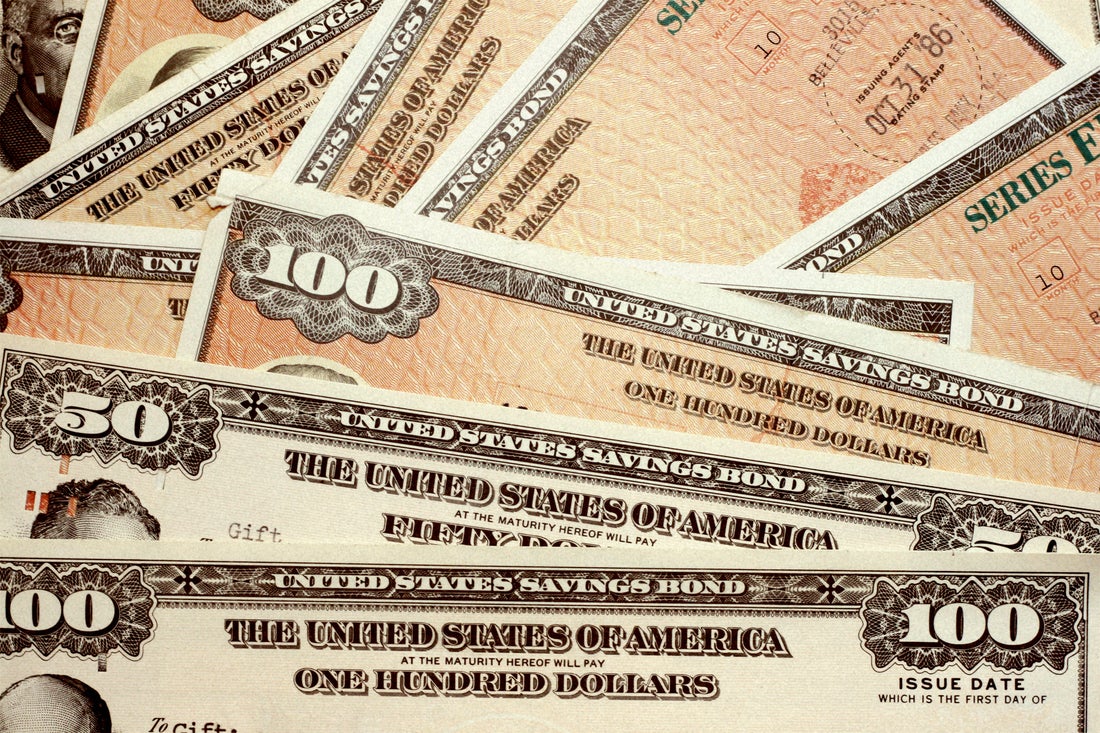Need to send money to someone else’s bank account? A wire transfer is often the best and fastest way to do so safely. In this article, we'll explain how wire transfers are done and clear up some common misconceptions about the difference between wire transfers vs. Automated Clearing House (ACH) transfers.

What is a wire transfer?
A wire transfer is a method of moving money from one bank account to another bank account. They’re used by both individuals and businesses who value safety and speed.
A number of payment apps such as PayPal (PYPL -0.05%) and Zelle -- once a standalone app that's now a joint venture of seven of the largest U.S. banks, including JPMorgan Chase (JPM +0.36%) and Bank of America (BAC +1.06%) -- have sprung up over the last decade. However, wire transfers remain the gold standard when you need to send a large payment, an overseas payment, or a very quick payment.
Examples of occasions when a wire transfer is appropriate include closing costs for real estate transactions, invoices that are due immediately, and emergency payments sent to family members who are overseas.
Wire transfer process
Generally, it’s best to initiate a wire transfer at your bank. While some banks offer online wire transfers, proceed with extreme caution. Unlike ACH payments or transfers, a wire transfer can’t be cancelled. It’s important to have all the information you need together, and it’s essential to verify that the information is correct.
Here are the basics needed:
- Name of recipient
- Bank account number
- Bank name
- Bank address
- SWIFT or routing number
- Transfer amount
- Currency
Though some wire transfers are free, you'll often pay a fee that can cost up to about $50. The recipient of the wire transfer usually will also need to pay a fee. Check with both financial institutions to make sure you’re comfortable with the amounts they're charging.
Pros and cons of wire transfers
There are a number of pros and cons with wire transfers. Advantages include:
- Amounts. You can send very large amounts of money via wire transfers. Some payment services, such as Western Union (WU +2.08%), limit bank-to-bank transfer amounts to $50,000.
- Speed. A transfer via the ACH system can take two or three days to process and show up in the recipient’s account; money from a wire transfer usually is available within one business day.
- Safety. Because the money being transferred is going from one bank to another, the process is encrypted. Banks often add other security measures, such as two-factor authentication for authorized providers.
Disadvantages of wire transfers include:
- Cancellation. Wire transfers can’t be cancelled. This is a particular problem if you’re being scammed. For example, if the payment you just wired to the IRS is actually a scam being run out of Central Asia, you’re out of luck and out of money.
- Fees. Wire transfers usually aren’t a large percentage of the amount being sent, but they can still take a bite out of both ends of the transaction. It’s important to know how much you’re being charged to send money, and how much the recipient is being charged to receive it.
- Location. Online wire transfers are possible, but it’s highly likely that you’ll wind up having to go to your bank to make one. Not all banks offer online wire transfers, and it’s quite easy to make a mistake when sending money online.
Related investing topics
Wire transfers vs. ACH transfers
If you pay bills online, chances are good that you’re using the ACH system, which is a slightly different payment animal than a wire transfer. Three key differences stand out:
- Cost. ACH payments are much cheaper than wire transfers.
- Speed. Wire transfers are much faster than ACH payments.
- Cancellation. ACH payments can be cancelled. Wire transfers can’t.
- Amounts. Wire transfers generally allow for greater amounts of money to be transferred.
- Geography. Most ACH payments are domestic transactions. Wire transfers can be used for overseas payments.


















